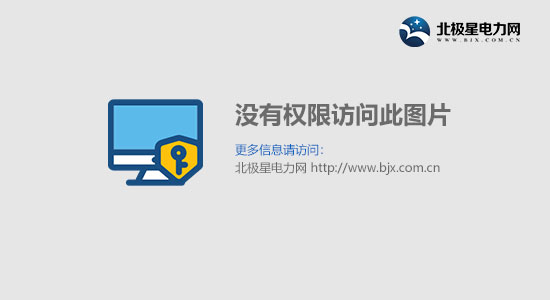四级考试阅读备考笔记(7)

Questions 1 to 5 are based on the following passage.
Another common type of reasoning is the search for causes and results. We want to know whether cigarettes really do cause lung cancer, what cause malnutrition(营养不良), the decay of cities, or the decay of teeth. We are equally interested in effects: what is the effect of sulphur or lead in the atmosphere, of oil spills and raw sewage to the cause and then relate that cause to another effect. This kind of reasoning is called, for short, effect to effect. It is quite common to reason through an extensive chain of causal relations. When the lights go out we might reason in the following causal chain: lights out-power off-refrigerator not working -temperature will rise-milk will sour. In other words, we diagnose (判定)a succession of effects from the power failure, each becoming the cause of the next.
注:1.causal 原因的,因果关系的
2.三种推理方式:从原因到结果、从结果到原因、从结果到原因再到另一个结果,第三种更重要
3.extensive 广泛的,来自extend延伸 extensive reading 泛读
4.In other words 换而言之 a succession of 一系列
5.本段讲关系链
Causes are classified as necessary, sufficient, or contributory(起辅助作用的). A necessary cause is one which must be present for the effect to occur, as combustion ,is necessary to drive a gasoline engine. A sufficient cause is one which can produce an effect unaided , though there may be more than one sufficient cause: a dead battery is enough to keep a car from starting, but faulty spark plugs(火花塞)or an empty gas tank will have the same effect. A contributory cause is one which helps to produce an effect but cannot do so by itself, as running through a red light may help cause an accident, though other factors --- pedestrians or other cars in the intersection-must also be present.
注:intersection 交叉路口 inter+section。
Questions 1 to 5 are based on the following passage.
Another common type of reasoning is the search for causes and results. We want to know whether cigarettes really do cause lung cancer, what cause malnutrition(营养不良), the decay of cities, or the decay of teeth. We are equally interested in effects: what is the effect of sulphur or lead in the atmosphere, of oil spills and raw sewage to the cause and then relate that cause to another effect. This kind of reasoning is called, for short, effect to effect. It is quite common to reason through an extensive chain of causal relations. When the lights go out we might reason in the following causal chain: lights out-power off-refrigerator not working -temperature will rise-milk will sour. In other words, we diagnose (判定)a succession of effects from the power failure, each becoming the cause of the next.
注:1.causal 原因的,因果关系的
2.三种推理方式:从原因到结果、从结果到原因、从结果到原因再到另一个结果,第三种更重要
3.extensive 广泛的,来自extend延伸 extensive reading 泛读
4.In other words 换而言之 a succession of 一系列
5.本段讲关系链
Causes are classified as necessary, sufficient, or contributory(起辅助作用的). A necessary cause is one which must be present for the effect to occur, as combustion ,is necessary to drive a gasoline engine. A sufficient cause is one which can produce an effect unaided , though there may be more than one sufficient cause: a dead battery is enough to keep a car from starting, but faulty spark plugs(火花塞)or an empty gas tank will have the same effect. A contributory cause is one which helps to produce an effect but cannot do so by itself, as running through a red light may help cause an accident, though other factors --- pedestrians or other cars in the intersection-must also be present.
注:intersection 交叉路口 inter+section。









